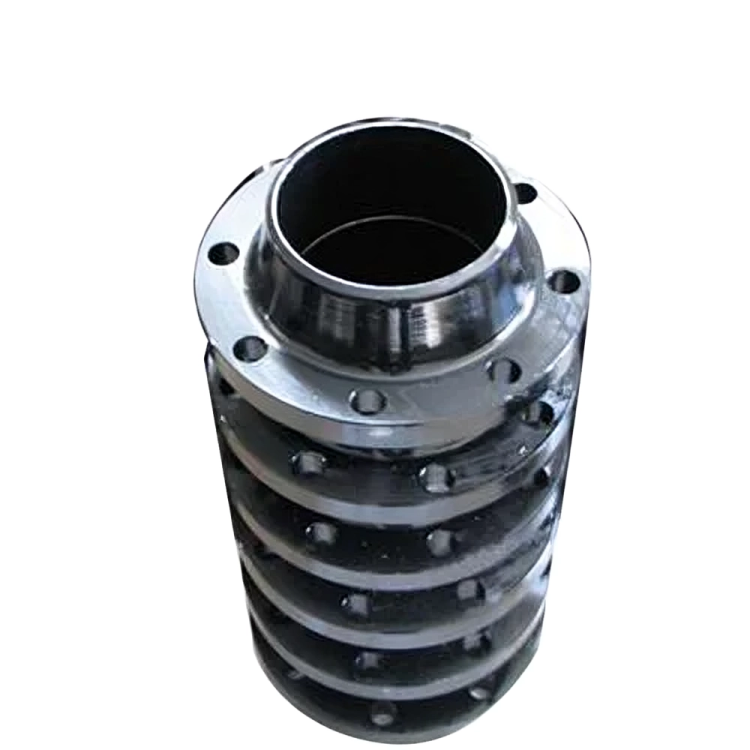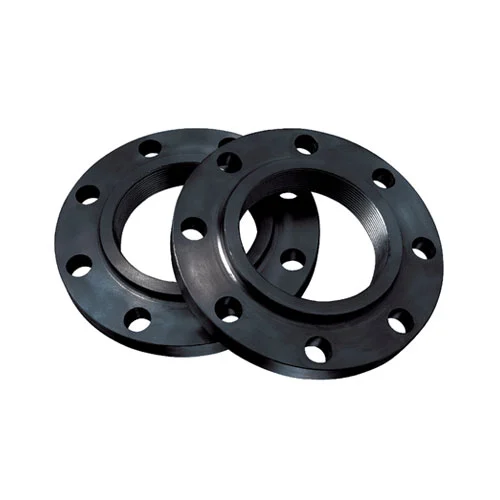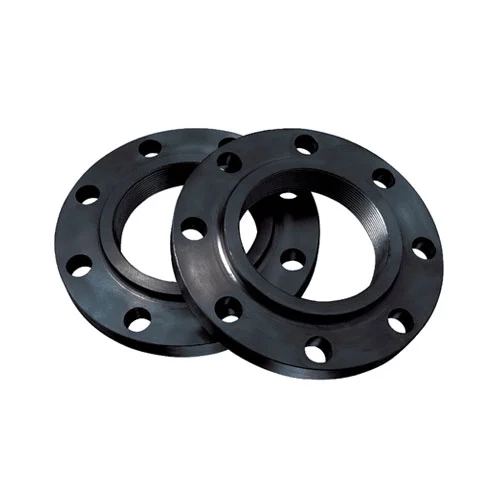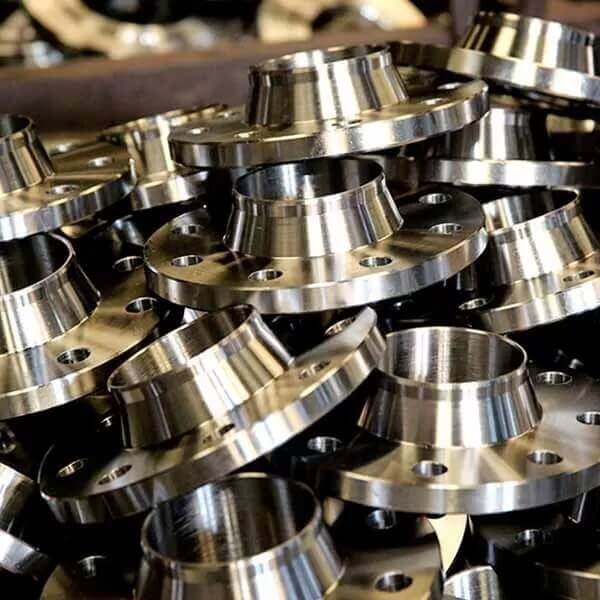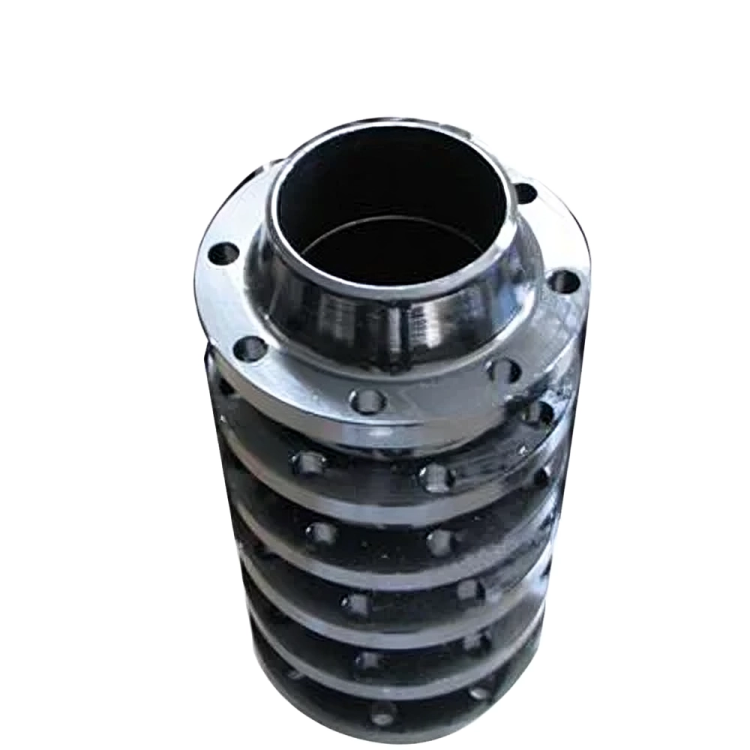ASTM A105 Flanges: The Backbone of Carbon Steel Flange Systems

Strong 8k brings an ultra-HD IPTV experience to your living room and your pocket.
ASTM A105 is a standard specification developed by ASTM International that governs forged carbon steel piping components used in pressure systems at ambient and higher-temperature service conditions. Among the components covered under this specification, flanges are widely used in industries such as oil & gas, petrochemicals, power plants, and refineries. ASTM A105 flanges form a crucial part of carbon steel flange systems due to their durability, cost-effectiveness, and high-performance properties.
Overview of ASTM A105 Carbon Steel Flanges
ASTM A105 flanges are manufactured from forged carbon steel and are primarily designed for ambient- and high-temperature service. These flanges are made from a single piece of steel and undergo various forging processes followed by machining and heat treatment (if required) to achieve the desired mechanical properties.
ASTM A105 flanges are often used in piping systems to connect pipes, valves, pumps, and other equipment. Their strong resistance to stress and pressure makes them suitable for applications in high-temperature and high-pressure environments.
Key Chemical and Mechanical Properties
ASTM A105 flanges are engineered with a specific chemical composition that provides them with excellent strength and ductility. The typical chemical composition includes:
Carbon (C): ≤ 0.35%
Manganese (Mn): 0.60 – 1.05%
Phosphorus (P): ≤ 0.035%
Sulfur (S): ≤ 0.040%
Silicon (Si): 0.10 – 0.35%
Mechanical properties include:
Tensile Strength (min): 485 MPa (70 ksi)
Yield Strength (min): 250 MPa (36 ksi)
Elongation: ≥ 22% (in 50 mm)
Hardness (Brinell): ≤ 187 HB
These properties ensure that ASTM A105 flanges can withstand harsh environments and deliver long-term reliability.
Types of ASTM A105 Carbon Steel Flanges
ASTM A105 flanges are available in a variety of designs to meet different piping requirements. Common types include:
Weld Neck Flanges (WN):
Designed for high-pressure systems, weld neck flanges have a long tapered hub that transfers stress to the pipe, reducing concentration at the base of the flange.
Slip-On Flanges (SO):
Easy to align and weld, these flanges are widely used in low-pressure systems. They slide over the pipe and are then welded both inside and outside.
Blind Flanges (BL):
Used to close the ends of piping systems, blind flanges are crucial for pressure testing and maintenance operations.
Socket Weld Flanges (SW):
These are ideal for small-sized high-pressure pipes. The pipe is inserted into the flange and then fillet welded.
Threaded Flanges (TH):
These flanges have threads and can be screwed onto pipes without welding, ideal for explosive environments.
Lap Joint Flanges (LJ):
Used with a stub end, these flanges are useful in systems that require frequent dismantling and inspection.
Long Weld Neck Flanges (LWN):
These flanges extend the neck and are used in vessel applications or with equipment.
Applications of ASTM A105 Flanges
Thanks to their durability and high-pressure handling capacity, ASTM A105 flanges are employed in a wide range of applications:
Oil & Gas Pipelines
Petrochemical Plants
Thermal and Nuclear Power Plants
Shipbuilding and Marine Engineering
Water Treatment Plants
Chemical Process Industries
Their adaptability to different media (water, gas, steam, oil) and working conditions makes them a preferred choice for critical systems.
Standards and Pressure Ratings
ASTM A105 flanges comply with various international flange standards, including:
ASME B16.5: For sizes from ½" to 24"
ASME B16.47: For sizes 26" and above
MSS SP-44, API 6A, and DIN standards
Pressure classes commonly available include:
Class 150
Class 300
Class 600
Class 900
Class 1500
Class 2500
These pressure ratings determine the maximum allowable pressure-temperature combinations under which the flange can operate safely.
Advantages of ASTM A105 Carbon Steel Flanges
Cost-Effective: Compared to alloy or stainless-steel flanges, carbon steel flanges offer excellent performance at a lower cost.
High Strength: Ideal for high-pressure and high-temperature services.
Weldability and Machinability: Easy to weld and machine, enhancing fabrication and installation efficiency.
Wide Availability: Due to high demand and standardization, A105 flanges are readily available in global markets.
Conclusion
ASTM A105 carbon steel flanges serve as a fundamental element in modern piping systems. Their mechanical robustness, affordability, and compatibility with various industry standards make them an essential choice for engineers and project managers. Whether it’s for upstream oil rigs, refineries, or power plants, ASTM A105 flanges provide dependable service across critical applications. Their versatility in design, pressure ratings, and connection types ensures they continue to be the preferred carbon steel flange solution for global industries.
Note: IndiBlogHub features both user-submitted and editorial content. We do not verify third-party contributions. Read our Disclaimer and Privacy Policyfor details.



